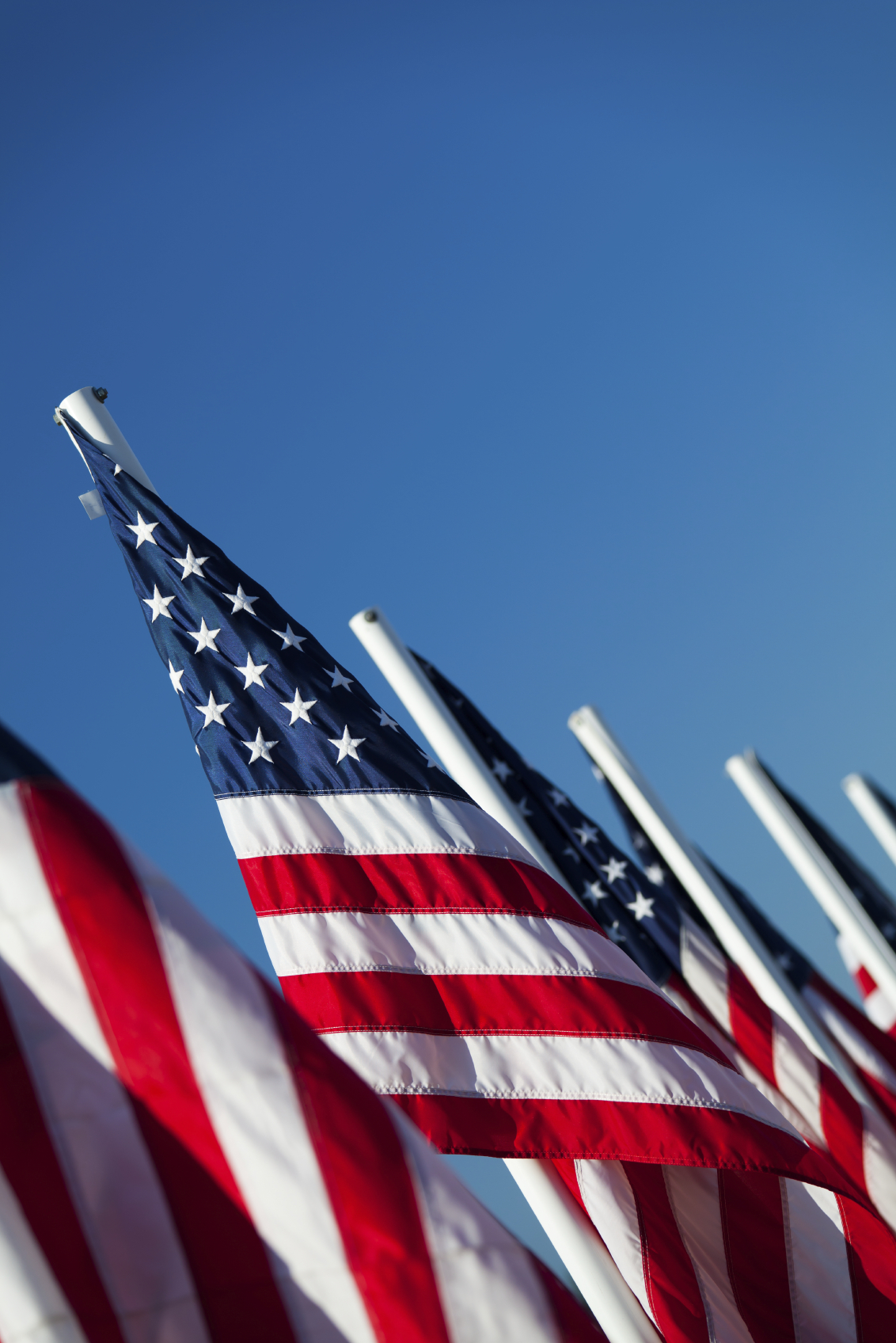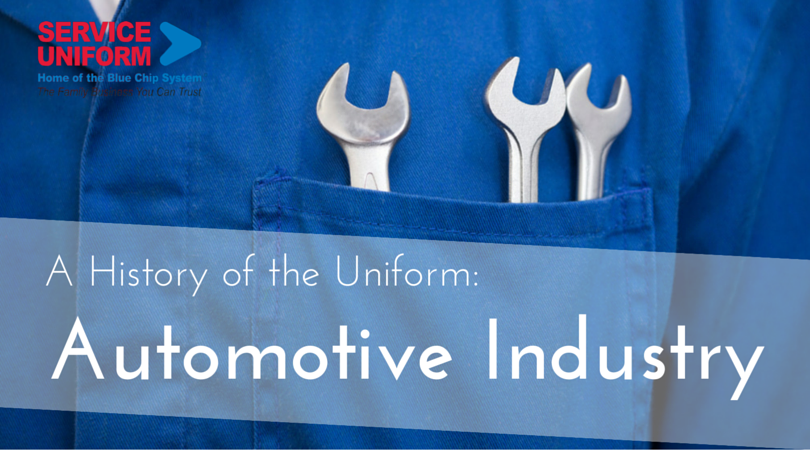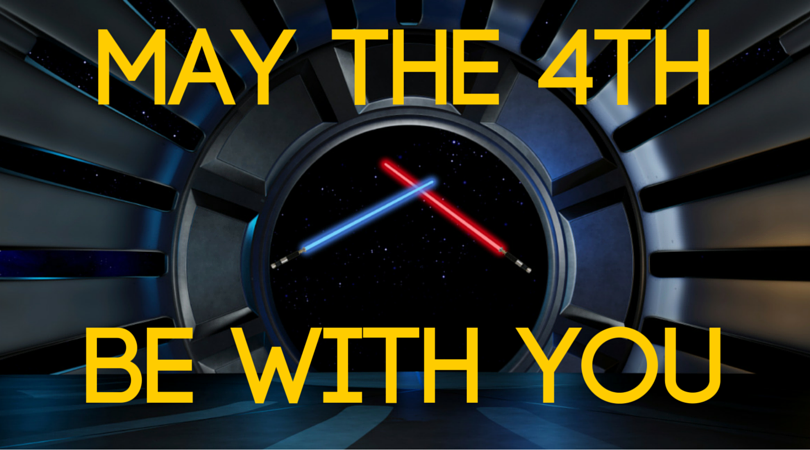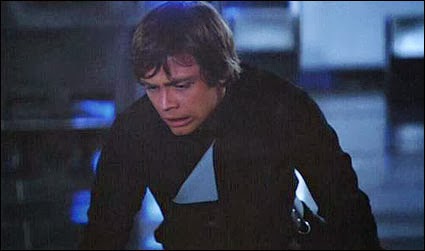Memorial Day: Remembering Why We Celebrate
 Happy Memorial Day! It’s that time of year, when business put on massive sales, parades are thrown, and speeches are made in honor of all the brave men and women who fought and died to defend our wonderful country in wars past. While Memorial Day carries a great meaning, do we really take time to think about all of the sacrifice that’s been endured on our behalf? Let’s take a look into the history of Memorial Day to better understand why we celebrate this very special holiday every May.
Happy Memorial Day! It’s that time of year, when business put on massive sales, parades are thrown, and speeches are made in honor of all the brave men and women who fought and died to defend our wonderful country in wars past. While Memorial Day carries a great meaning, do we really take time to think about all of the sacrifice that’s been endured on our behalf? Let’s take a look into the history of Memorial Day to better understand why we celebrate this very special holiday every May.
While there are differing opinions on the exact location of the first celebration Memorial Day, arguably the most touching of the stories occurred in Columbus, Mississippi on April 25, 1866. Several women visited a cemetery to decorate the graves of fallen Civil War Confederate soldiers, and as the women were decorating graves, they noticed a handful of neglected headstones belonging to Union soldiers. Though the war ended one year earlier, Union soldiers were still considered the enemy. These women were disturbed at the sight of the bare resting places, and shared the flowers they brought with them on these vacant graves.
In honor of the women’s actions, and several others over the next two years, on May 5, 1868, Major General John A. Logan declared Decoration Day a day to honor the veterans of the Civil war by decorating graves with flowers, just as the women of Columbus had done. Major General Logan chose May 30th as the official Decoration Day because it was believed that flowers would be in bloom across the country on that day.
Inspired by a poem, Moina Michael coined her own poem: “We cherish too, the Poppy red/ That grows on fields where valor led/It seems to signal to the skies/That blood of heroes never dies.” Michael began to wear her own red poppy on Decoration Day and sold them to her friends and co-workers to wear as well. In 1922, the VFW became the first veterans’ organization to nationally sell poppies. The poppies caught on, and in 1942, the “Buddy” Poppy Program sold artificial poppies made by disabled veterans. Red poppies made by disabled veterans are still available every Memorial Day. Have you worn one?
In 1966, Congress and President Lyndon B. Johnson held a ceremony in Waterloo, N.Y., that honored local Civil War veterans. Flags were flown at half-staff, and businesses were closed for the day. Only five years later, in 1971, Congress declared Memorial Day to be a national holiday, celebrated on the last Monday in May, and we’ve been celebrating the holiday every since.
Today, businesses all over the United States close their doors, enlist holiday hours, hold sales, barbecues, rallies and parades in honor of Memorial Day. At Service Uniform, we are incredibly grateful to everyone who has fought to keep our country safe in years past, and those who continue to do so today. What do you do to celebrate this reverent holiday every year?









